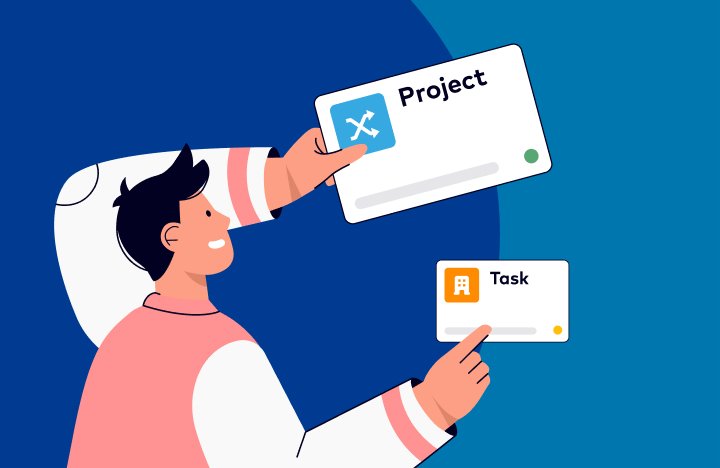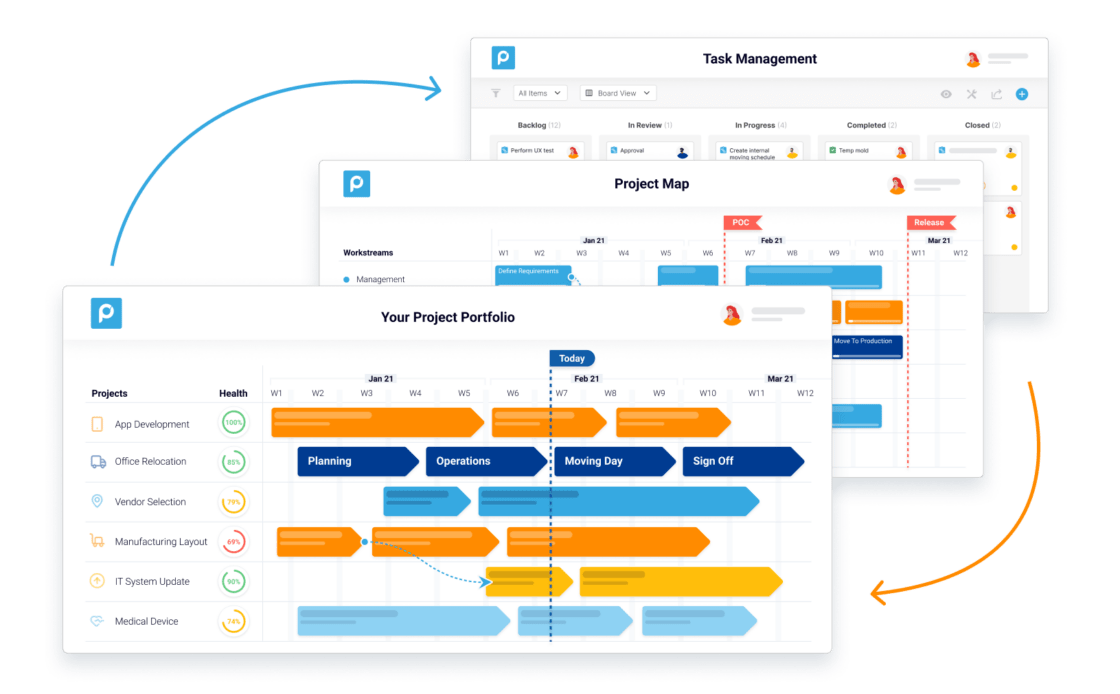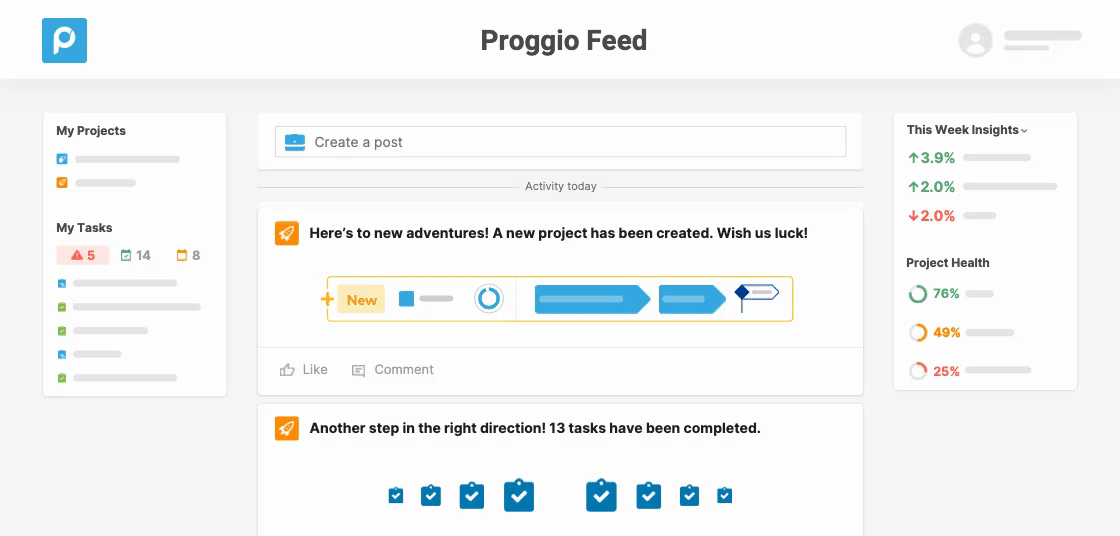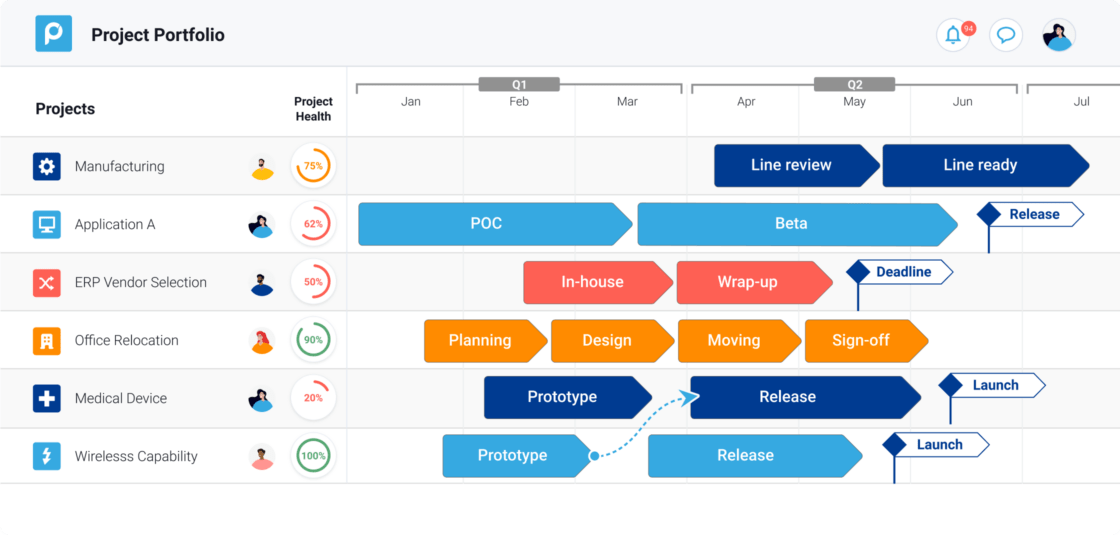Top-Down vs. Bottom-Up Project Planning: Which is Better for PMOs?


Top-down project planning and bottom-up project planning are two of the most popular project management approaches out there, but only one is best for project portfolio management (PPM) execution. What’s the difference between top-down and bottom-up project planning? Which one should you use in your next project?
What is bottom-up project planning?
Bottom-up planning is for smaller organizations that want to focus on achievable goals. This approach might not make sense for large organizations trying to reach company goals. The reason is simple: if your primary goal is to achieve something very specific, you need to know how you’re going to do it before you start. If you take a bottom-up approach, there’s no way of knowing which steps are most important or when they need to be completed — or whether they will actually work. Bottom-up planning can work for smaller groups of people working toward a common goal; it’s just not ideal for larger companies with complex projects and multiple departments.
What is top-down project planning?
Top-down project planning is a management approach where company goals are determined first. This method of project planning is best for mid to large organizations focused on reaching company goals. Based on these goals, strategies are then designed to achieve them. For example, a plan of multiple projects should likely be prioritized and executed accordingly. Once strategies have been established, teams form and allocate resources to each strategy to complete projects that contribute to overall goal achievement.
It’s particularly effective when managing strategic projects with a significant impact on revenue or market share.
However, beware! Top-down planners often struggle with communicating strategic plans down through their organization effectively because many lower-level employees aren’t privy to information about why certain initiatives were chosen in the first place. Nor does the work from task managers and task owners alert the executive level of anything that may impact the portfolio one way or another.
The solution to this is to get the entire company on a single source of truth (SSoT) solution, where everyone shares the same data and gets a clear data view and relevant tools that they need to get their job done effectively, like with Proggio which enables top-down planning within an SSoT.

In addition, it will help to prevent a dissonance between goals and team members if team members would be more involved. This may be more difficult to achieve when they don’t understand how their work relates back up through their organization. But with Proggio’s social feed feature, you can facilitate stakeholder collaboration over a shared space with other teams and cross-functional team members.

Which is more beneficial — top-down or bottom-up?
Top-down is always ideal, especially for companies that want to execute strategic business plans. This is because top-down planning allows you to have an overview of all your projects and ensure that they are properly prioritized to meet business drivers before you dive into them in detail and have them executed.
Nevertheless, if you don’t have a lot of projects taking place simultaneously or are not currently undergoing any major changes within your organization, bottom-up planning can help you save time by creating individual project plans as needed instead of having to write out an entire plan first.
In the long-run, top-down project planning is good for everyone, while bottom-up project planning should only be used when necessary.
What solution supports top-down planning best?

Using a top-down approach to planning is the most efficient way to determine your course of action. Knowing what must be done and in what order saves time and energy. You can create the entire structure of your project before diving into the tasks. Proggio makes it simple to do, by having an intuitive interface that focuses on building out a project’s timeline first. So you can get started as soon as possible.
Conclusion
Top-down project planning is best for PMOs, where organizations start with their company goals and only then begin to drill down into the project portfolio details step by step. With top-down planning, changes can be made early in your project cycle, saving time, money, and resources later in development. But most of all, organizations are more likely to reach their goals in a timely and efficient manner.